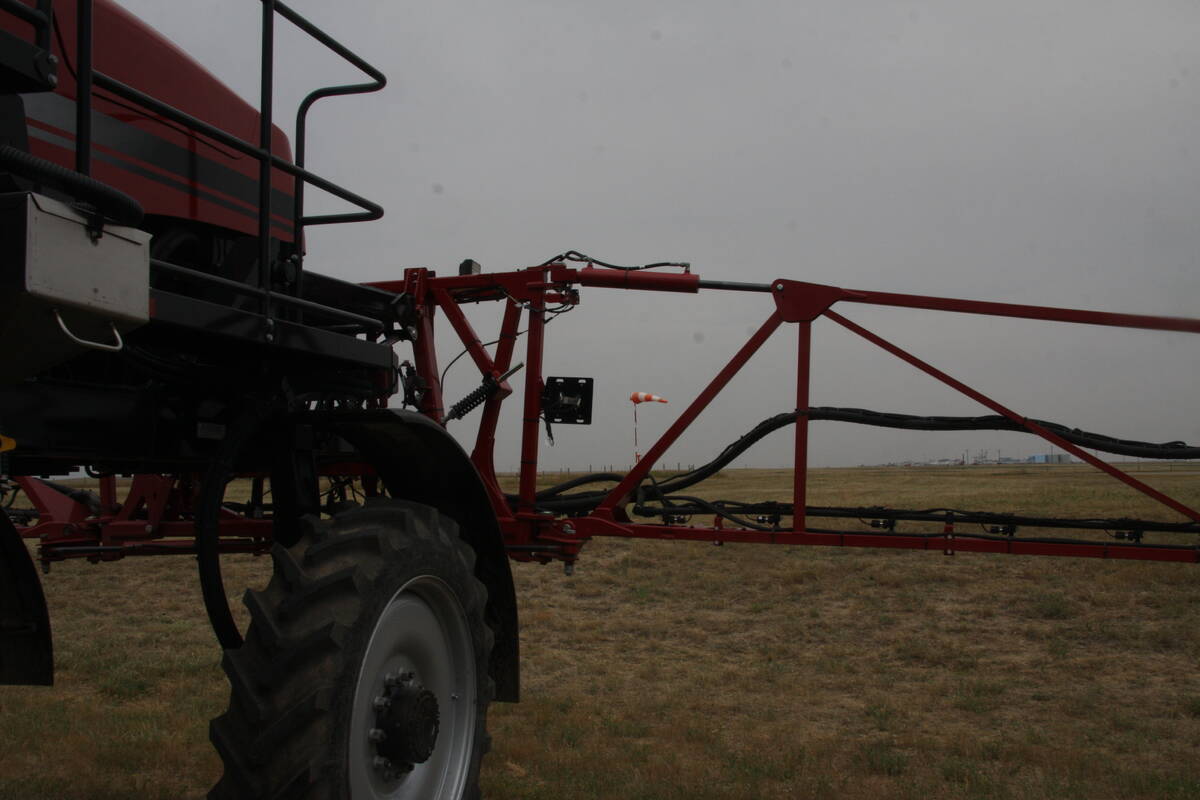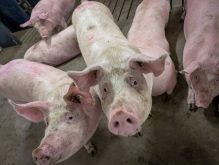BANFF, Alta. – Open barns that allow pigs to move freely may not be perfect, but European pork producers are adapting, says a Danish swine specialist.
The European Union banned individual farrowing crates following mounting public pressure over the last 10 years. All member countries must have their sows in open systems by 2013.
Thirty percent of Danish farms had switched to open housing by 2000. It is expected 60 percent will have converted by 2005 and nearly all will be in compliance by 2010, said Niels-Peder Nielson of Denmark’s National Committee for Pig Production.
Read Also

More work wanted on removing red tape
REGINA — Canadian farmers risk falling further behind competitors if two main federal agencies don’t become more efficient and responsive…
Producers are experimenting with designs, learning the good and bad points of each.
“It is a producer decision on what he wants to achieve,” Nielson said at the recent Banff Pork seminar.
He said the new laws have generated substantial innovation in housing styles.
The Danes have moved from relatively simple systems to highly sophisticated electronic units that address concerns over animal welfare requirements as well as production issues.
Under the open systems, producers report 10.6 live piglets per litter that are able to wean at one month of age.
Open pens provide exercise space and freedom of movement for the sows. It is also hoped to extend females’ life and productivity.
Legislation dictates space requirements for each group size. For groups of four or less, each sow requires 2.8 sq. metres of space. Five-10 sows are allowed 2.2 sq. m, 11-20 need two sq. m and groups of 20 or more get 1.8 sq. m.
Individual accommodations are also recommended for sows after weaning or mating. The group experience can be stressful at this time, so the system should allow for individual space to encourage embryo development.
The group also needs resting and dunging areas.
Developing an efficient feeding system for a group is a design challenge. Each concept must ensure every animal gets enough to eat.
Feeding on a clean floor is workable, but it is difficult to determine how much each pig eats. The more aggressive ones may push the others away.
“The competition during feeding is going to be great and you’re going to have some sows that are going to be excluded,” said Harold Gonyou of the Prairie Swine Centre in Saskatoon.
The sows need to be sorted by size and parity so all have the same ability to compete for feed.
“Whenever you sort, you are reducing the group size,” Gonyou said.
Farmers tend to overfeed in groups to make sure each sow receives enough.
Other producers have tried troughs as well as individual feeding units that trickle feed down at the same speed that the sow eats.
Electronic systems have improved considerably from when they were introduced 15 years ago.
Each animal wears an ear tag that tells the feed station which sow is at the gate and how much feed is allowed. The entrance gate is triggered by a signal from the tag and the door opens. The station walls are closed to keep feeding times calm with little or no competition or aggression.
Fed once a day, an average sow can consume its ration in about 15 minutes.
Open systems are being investigated in North America, but gestation stalls still have a future here.
Stall size is a major problem because while different genetics encourage sows to grow bigger, stall designs haven’t changed to accommodate the evolving sow.
“We should be matching the size of our stall with the size of our sow,” Gonyou said.
The swine centre has a variety of stalls for different-sized sows because one size does not fit all.
“If stalls are here to stay, we need to reexamine them,” he said.

















